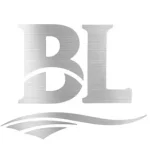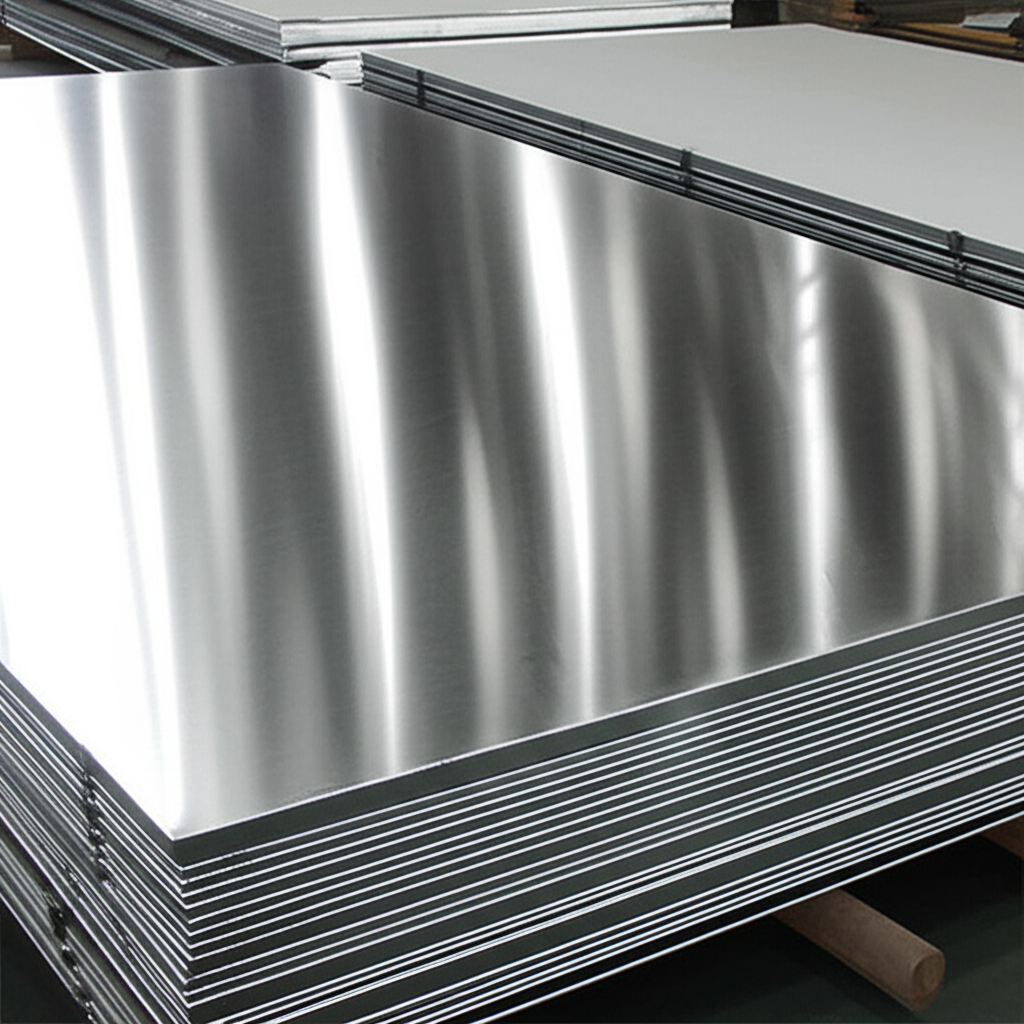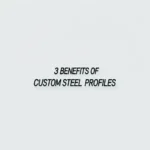When it comes to exporting 304 stainless steel plates, understanding the technical specifications, logistics requirements, and certification standards is critical for ensuring seamless international trade. This guide breaks down the essential elements for manufacturers, importers, and logistics professionals navigating this process.


1. Key Specifications of 304 Stainless Steel Plates
304 stainless steel (UNS S30400, AISI 304) is an austenitic alloy renowned for its corrosion resistance, formability, and versatility. Below are the critical specifications to verify before export:
-
Chemical Composition:
- Chromium (Cr): 18.0–20.0%
- Nickel (Ni): 8.0–10.5%
- Carbon (C): ≤0.08%
- Manganese (Mn): ≤2.0%
- Silicon (Si): ≤1.0%
- Phosphorus (P): ≤0.045%
- Sulfur (S): ≤0.03%
-
Mechanical Properties:
- Tensile Strength: ≥515 MPa (75 ksi)
- Yield Strength: ≥205 MPa (30 ksi)
- Elongation: ≥40% (in 50 mm)
- Hardness: ≤92 HRB (Rockwell B)
-
Common Standards:
- ASTM A240/A240M (US)
- EN 10088-2 (EU)
- JIS G4304 (Japan)
- GB/T 3280 (China)
-
Thickness & Dimensions:
- Thickness range: 0.3 mm to 100 mm
- Widths: 1000 mm, 1219 mm, 1500 mm (customizable)
- Lengths: Up to 6000 mm (standard), cut-to-order available
Applications: Food processing equipment, chemical containers, architectural panels, and marine hardware.
2. Logistics Considerations for Export
Exporting stainless steel plates involves careful planning to avoid damage, delays, or non-compliance:
-
Packaging:
- Waterproof wrapping with PVC film to prevent moisture damage.
- Edge protectors and wooden crates for heavy plates.
- Labeling with product specs, lot numbers, and handling instructions (e.g., “Fragile,” “Keep Dry”).
-
Shipping Methods:
- FCL (Full Container Load): Ideal for large volumes (20’ or 40’ containers).
- LCL (Less than Container Load): Cost-effective for smaller orders but requires extra handling.
- Breakbulk: For oversized plates exceeding container dimensions.
-
Incoterms:
- FOB (Free On Board): Buyer arranges main transport.
- CIF (Cost, Insurance, Freight): Seller covers freight and insurance to destination port.
- DDP (Delivered Duty Paid): Seller handles all costs until delivery.
-
Customs Documentation:
- Commercial invoice
- Packing list
- Bill of lading
- Certificate of Origin
- Mill test certificates (MTCs)
3. CE Certification: Mandatory for EU Markets
For exports to the European Union, CE marking under the Pressure Equipment Directive (PED 2014/68/EU) is mandatory if plates are used in pressure applications. Here’s what to know:
-
Testing Requirements:
- Non-destructive testing (NDT): Ultrasonic or X-ray for internal defects.
- Chemical analysis: Spectrometry to verify composition.
- Mechanical testing: Tensile, bend, and impact tests per EN 10088-2.
-
Documentation:
- Technical file with material data sheets (MDS)
- Declaration of Conformity (DoC)
- Third-party inspection reports (e.g., TÜV, SGS)
-
Labeling:
- CE mark must be affixed to the product or packaging.
- Include the notified body number (e.g., “CE 0123” for SGS).
Note: For non-pressure applications, CE marking may not be required, but ISO 9001 certification is often requested by EU buyers.
**4.
Exporting 304 Stainless Steel Plates: A Guide to Specs, Logistics, and CE Certification — This article provides a practical buyer‑focused overview with specifications, selection tips, and on‑site considerations. Explore related topics: blog.
Key Specifications and Standards
- Standards: ASTM / EN / JIS (e.g., ASTM A240/A36, EN 10088/10025, JIS G4304/G3131).
- Surface options: 2B, BA, No.4, HL, mirror; galvanized (electro / hot‑dip).
- Processing: hot‑rolled, cold‑rolled, annealed & pickled, welded or seamless.
- Typical services: slitting, shearing, cut‑to‑length, drilling, beveling, deburring.
- Documentation: MTC, CO, packing list with net/gross weight and heat numbers.
Typical Applications
Construction, machinery, automotive, energy, enclosures and fencing, food equipment (for stainless), and general fabrication. Match grade and finish to corrosion, strength, and appearance requirements.
Selection Guide
- Use certified material with Mill Test Certificate (MTC).
- Confirm standards (ASTM/EN/JIS) and tolerances per drawing.
- Match surface finish to application (2B/BA/No.4/galvanized).
- Specify dimensions and acceptable deviation upfront.
- Plan packaging and corrosion protection for transit.
Processing, Packaging and Logistics
We adopt edge protection, waterproof wrapping, rust‑inhibiting paper, fumigated pallets, and strapping suitable for sea freight. Loading photos and weight lists are provided for each shipment.
FAQs
Q: What lead time can I expect?
A: Typically 7–15 days ex‑works for standard sizes; custom processing may extend the schedule.
Q: Can you provide cut‑to‑size service?
A: Yes. We slit, shear, cut, drill, bevel and deburr to drawing to reduce waste and speed installation.
Q: How do you ensure quality?
A: Incoming inspection, process control, and final inspection with traceable heat numbers; third‑party inspection is available.
Q: Do you support small trial orders?
A: We support pilot quantities with consolidated shipping to control cost.
All values are typical and for guidance only; confirm with the datasheet and purchase order before production.
Related products: view details.
Related products: view details.





